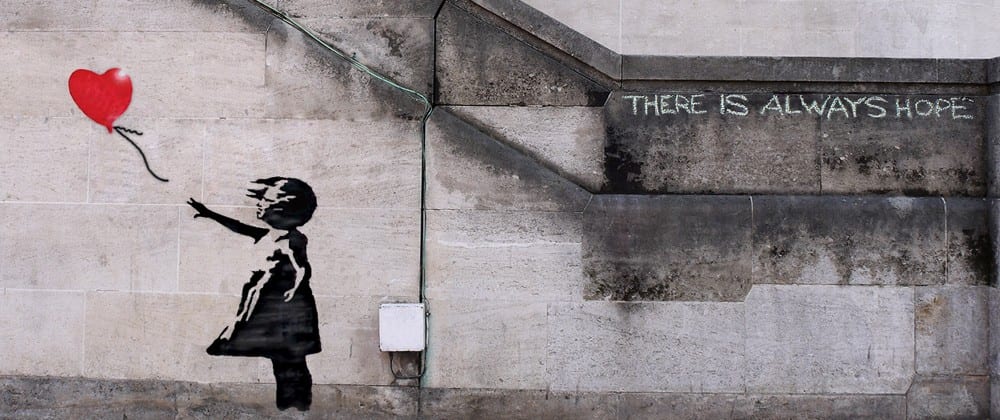I must admit, I wasn’t really concentrating on the show when I went to the Minack Theatre in Cornwall earlier this year. Not because I was tired or uninterested, although it was the musical Oliver! so not really my thing anyway but it was the only production on whilst we were on holiday. Rather it was due to the breathtaking views from the venue itself. We were sat quite close to the back, mainly because we were a little late and the raked stone seating closer to the stage had already been taken, which turned out to be a blessing as sitting further back, and therefore higher up, meant the view out across the cliffs and over the sea was simply stunning. And as the light faded, the sound of the waves crashing below seemed to intensify and the volume became something quite extraordinary, creating a natural soundscape, an audible backdrop against which to play the action. I’m not sure a show such as Oliver! sat quite right in this venue, (a murky Dickensian slum vs. the astonishing Cornish coastline? I would have rather seen something Shakespearean here, as I think the venue lends itself to that style of production, maybe The Tempest) but there is no escaping the sheer beauty and spectacle involved when you visit a place like the Minack.
The space chosen by a theatre company in which to perform is often the first creative choice seen by the audience as they enter the venue, (aside from a promotional poster or advertisement) and can give them an indication as to the experience the audience are about to have. Therefore the decision by theatre companies to use spaces other than traditional theatres can shape an audiences expectations before they have even seen the first glimpse of an actor. Companies and performers have chosen to stage performances in art galleries, disused warehouses, renovated public toilet blocks, old power stations, countless open air spaces and even Lincoln Cathedral has hosted a version of Jesus Christ Superstar.
The space in which a production is performed is now as carefully chosen as the costumes and scenery. No longer is it acceptable to crowbar a production into any old theatre and expect it to just ‘fit’. Space becomes part of what defines a performance. As Hans-Thies Lehmann states in his book Postdramatic Theatre “When a factory floor, an electric power station or a junkyard is being performed in, a new ‘aesthetic gaze’ is cast onto them. The space presents itself. It becomes a co-player without having a definite significance.” (Lehmann, 2006, 152).
Ariadne’s Thread.
One example of a space being transformed into an unrecognisable performance area was for a piece called The Labyrinth or Ariadne’s Thread. The piece was led by a group of Colombian performers, and spectators were to move through a maze of spaces, mostly in complete darkness, being led only by their sense of touch or hearing, whilst smells and other sensory stimulation was used to make the experience as immersive as possible. In one space, the audience members were encouraged to pass down a soft, pink tube into a large tub of unroasted coffee beans. In his book Theatre and Consciousness, Daniel Meyer-Dinkgrafe describes how the performance had made an impression on students who had experienced it, stating “The reaction of individual spectators was different to each and every of the defined spaces, the installations and whatever went on in them, but all agreed that the experience had remained vividly in their minds, unlikely to be forgotten ever…” (Meyer-Dinkgrafe, 2005, 144).
Whilst most theatre experiences are not as immersive or interactive as Ariadne’s Thread, very many are now using the actual theatre space as a springboard from which to launch an unusual or alternative performance and contemporary theatre audiences are more willing to accept, often even expecting, that an uncommon space be used.
Session notes.
If unusual performance spaces are used, it makes the experience more memorable for the audience and tends to stay with them for longer.
Opera venues have huge stages and auditoriums and they don’t use microphones, therefore performers voices have to fill the space using only their own vocal power. See Pavarotti and Maria Callas.
Live cast of Frankenstein had visually stunning set at the opening, large industrial construction in the middle of stage from which the ‘monster’ appeared. Created a sense of imposition and anxiety amongst the audience.
Bibliography.
Lehmann, Hans-Thies. (2006) Postdramatic Theatre. Abingdon: Routledge.
Meyer-Dinkgrafe, Daniel. (2005) Theatre and Consciousness. Bristol: Intellect Books.


